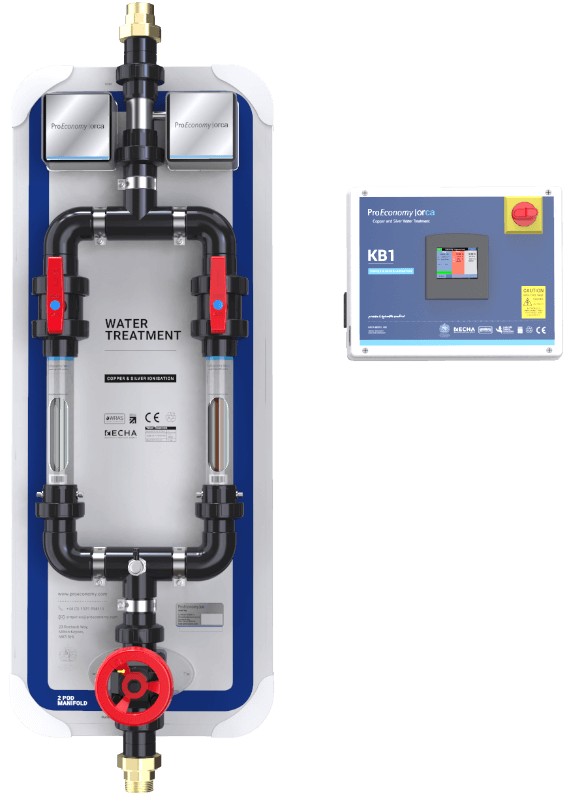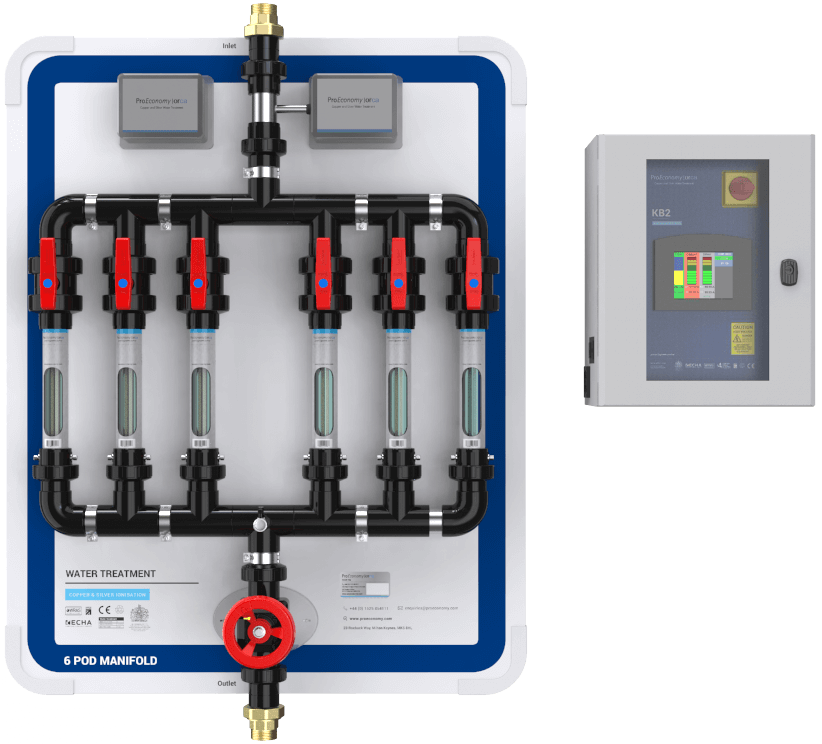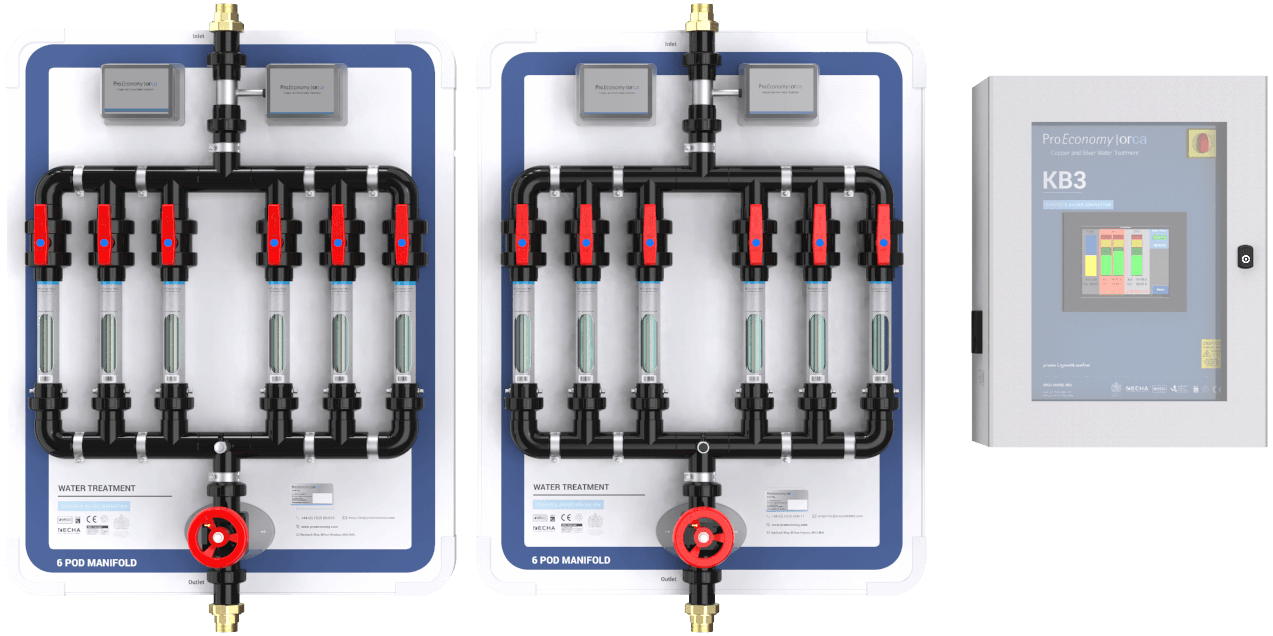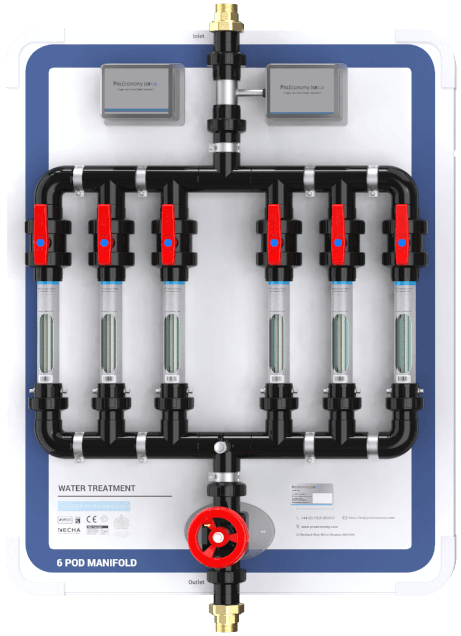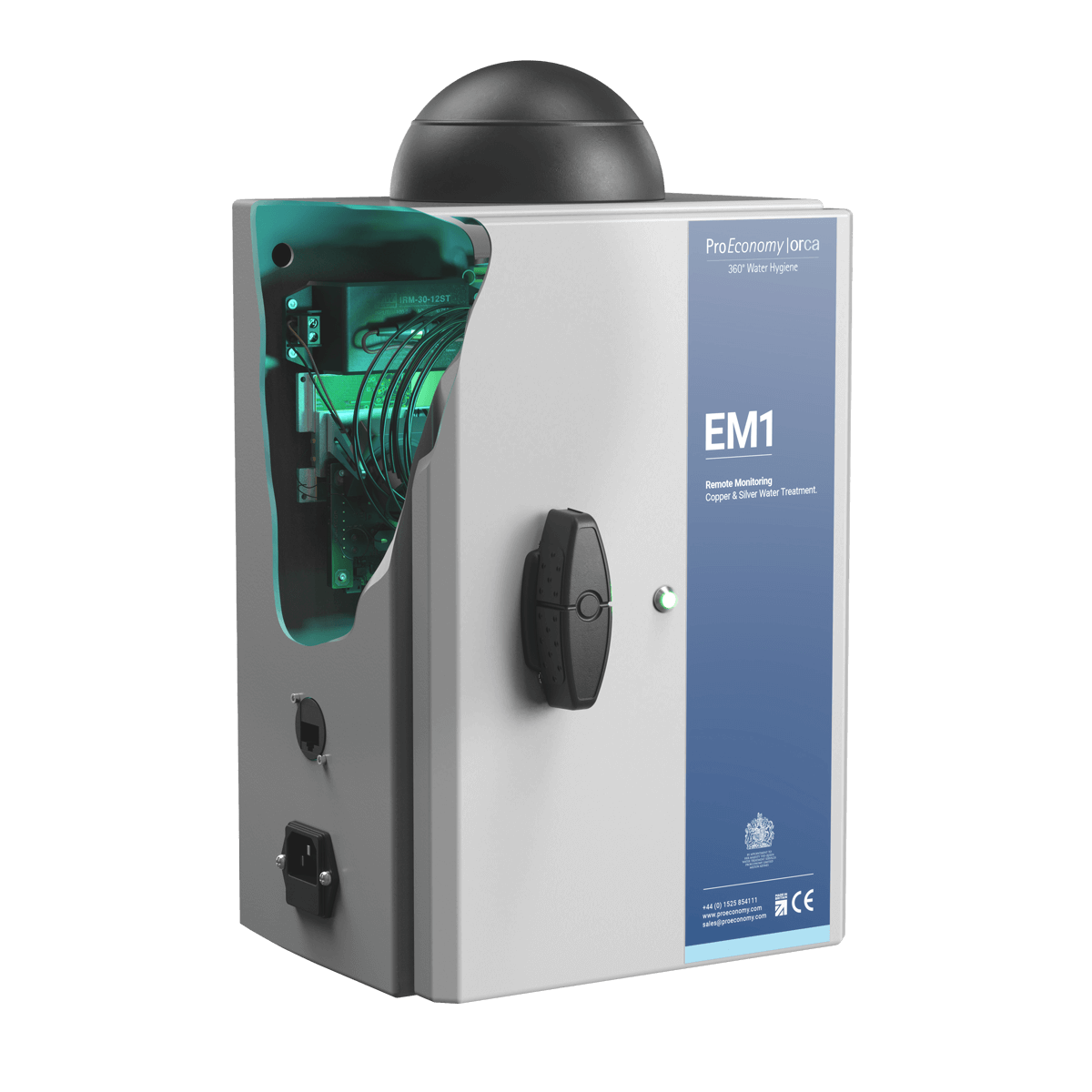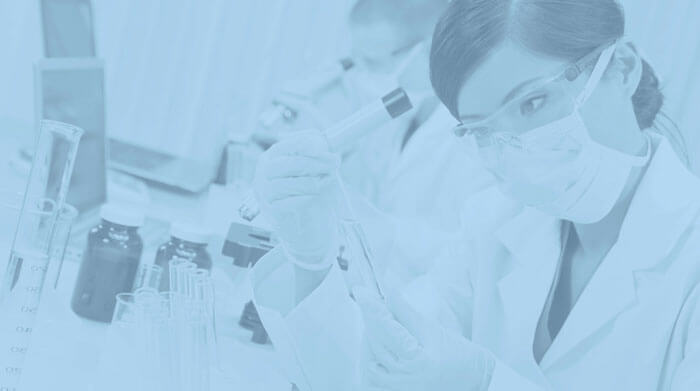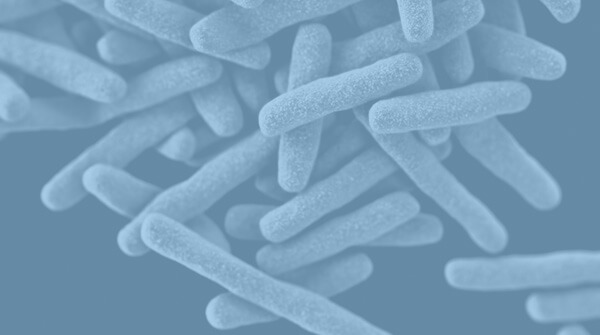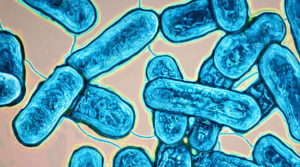Blog post contribution by Dr Vera Barbosa, consultant environmental scientist and editor.
As reported on the news yesterday, global atmospheric carbon dioxide (CO2) levels have hit a record high (Link). The UN warns that CO2 concentration in the atmosphere is at the highest level in three million years. The CO2 concentration average for 2016 was 403.3 ppm, which is up from 400 ppm in 2015. Increases in CO2 emissions is one of the causes of global warming resulting from the greenhouse effect. This is causing a change in ecosystems and ecology of organisms, including that of microorganisms responsible for diseases, such as Legionella.
What Is Legionella?
Legionella is the bacterium which causes legionellosis, i.e. Pontiac fever, which is not life threatening and Legionnaires’ disease, which is potentially deadly. The early symptoms of legionellosis include muscle aches, headache, tiredness, loss of appetite and coughing followed by high fever, chills and occasionally diarrhoea. When it causes pneumonia, it is known as Legionnaires’ disease. Legionnaires’ disease can be serious, especially for hospital patients with a weakened immune system, men over the age of 50 and babies.
Legionella is commonly present in many environments, especially damp soils and in water. However, we only contract it if we inhale it in fine water droplets or aerosols. It stays dormant in too cold or too hot conditions, since it likes warmer conditions, and it will readily grow at water temperatures between 20 and 42 ℃. Therefore, it is more commonly contracted in contaminated artificial water systems, such as showers, jacuzzis, air conditioning and cooling towers. It makes sense to assume that the increase in cases of Legionnaires’ disease in the media recently might be due to changes in the climate.
Weather and Legionellosis Risk
An article in the World Health Organisation (WHO) Bulletin (Sakamoro 2015) discusses the effects of weather and climate on Legionnaires’ disease. The article estimated that Legionella accounts to 2-15% of hospital admissions for community-acquired pneumonia, with cases peaking in Summer-Autumn. Furthermore, some say that cases are under reported and under diagnosed. A lot of deaths due to severe cases of pneumonia might well be due to Legionnaires’ disease cases that were not diagnosed.
Fisman et al. (2005) found that legionellosis was associated with rainfall 6–10 days before disease onset. This timing corresponds to the latent period between exposure to the pathogen and the development of symptoms. The WHO article also pointed out that rainfall might affect exposure to Legionella via a range of mechanisms. One example is vehicles producing aerosols containing Legionella, as they drive on wet roads, as shown by Sakamoto et al. (2009) and van Heijnsbergen et al. (2015).
The environmental sources and global impact of legionellosis risk now needs reassessing, says the WHO article. “Being aware that Legionella is ubiquitous is not sufficient. It exists in the environment surrounding us, but which sources are the most important for human health? According to the Intergovernmental Panel on Climate Change (IPCC), increases in heavy rainfall is a result of global climate change (IPCC 2013). Climate change might increase legionellosis risk through increased reliance on air conditioning systems, as well as through more subtle effects on bacterial ecology or airborne exposure pathways.” As pointed out earlier in this article more rain means more potential aerosols from cars driving on wet roads too.
Looking Forward
Overall, we hope that the risk of potentially deadly diseases will make leaders who haven’t taken climate change seriously up to now, change their view and be more proactive in the next climate negotiations in Bonn. Not wanting to be too gloomy, I think that even if more countries do take appropriate actions to reduce the release of CO2 to the atmosphere, it might be too little, too late.
References
Fisman DN, Lim S, Wellenius GA, Johnson C, Britz P, Gaskins M, et al. (2005). It’s not the heat, it’s the humidity: wet weather increases legionellosis risk in the greater Philadelphia metropolitan area. J Infect Dis. 192(12):2066–73. http://dx.doi.org/10.1086/498248 pmid: 16288369
IPCC (2013). Climate change 2013: the physical science basis. Geneva: Intergovernmental Panel on Climate Change.
Sakamoto R. (2015). Legionnaires’ disease, weather and climate. Bulletin of the World Health Organization 2015;93:435-436. doi: http://dx.doi.org/10.2471/BLT.14.142299
Sakamoto R, Ohno A, Nakahara T, Satomura K, Iwanaga S, Kouyama Y, et al. (2009). Legionella pneumophila in rainwater on roads. Emerg Infect Dis. 15(8):1295–7. http://dx.doi.org/10.3201/eid1508.090317 pmid: 19751596
van Heijnsbergen E, Schalk JAC, Euser S, Brandsema PS, den Boer JW, De Roda Husman AM. (2015). Confirmed and potential sources of Legionella reviewed. Environ Sci Technol. 16;150316110824006. http://dx.doi.org/10.1021/acs.est.5b00142 pmid: 25774976
